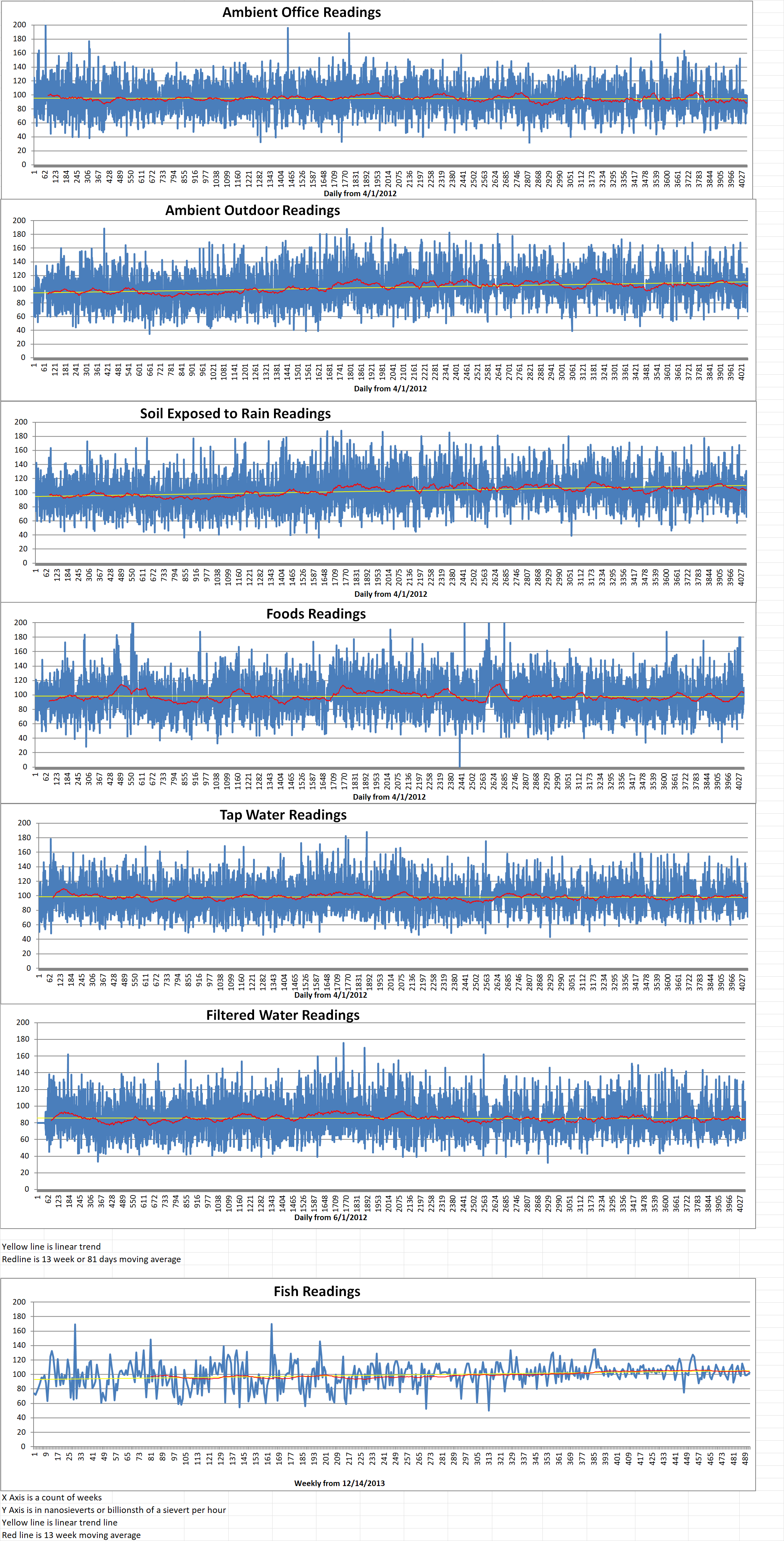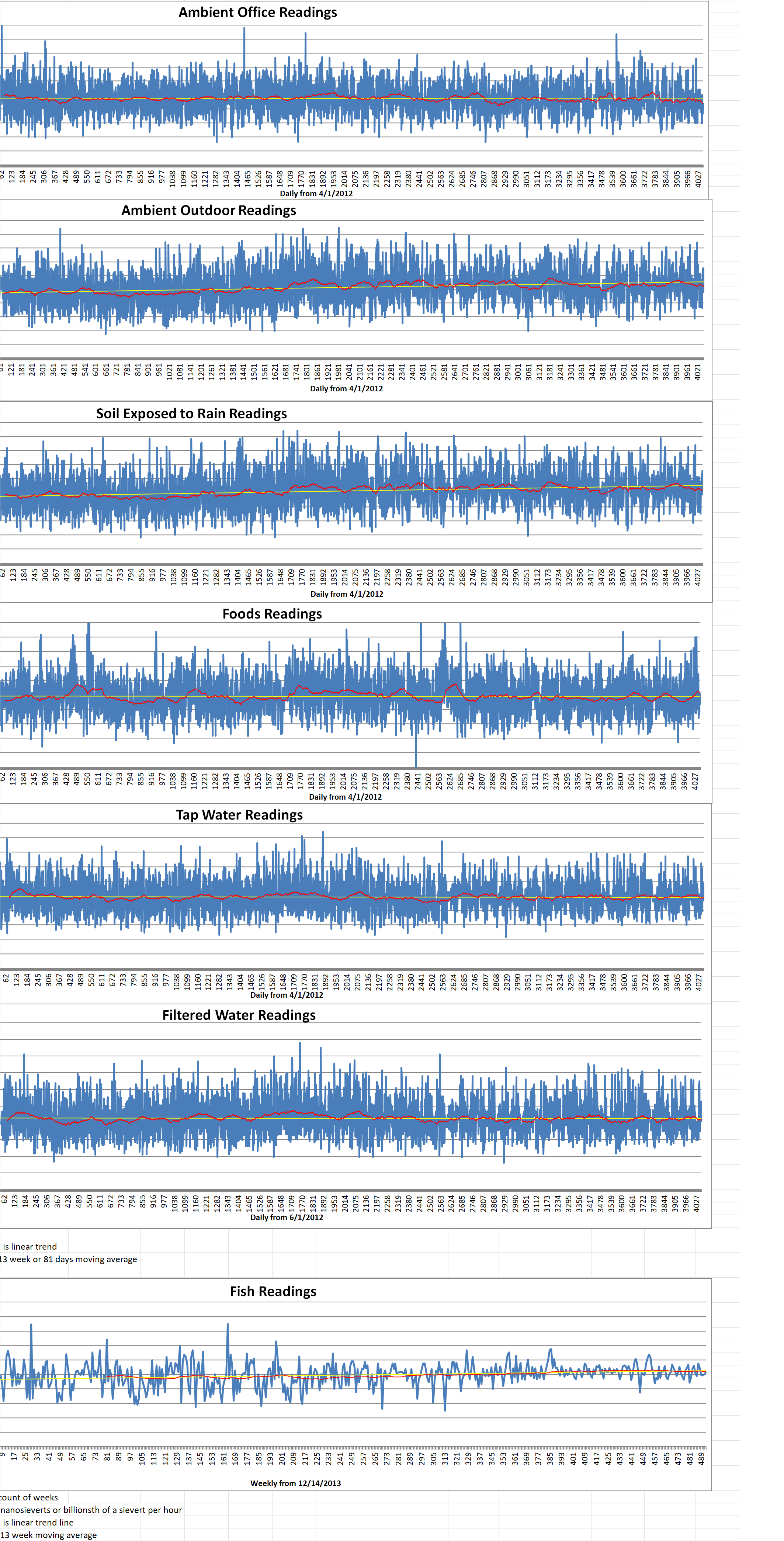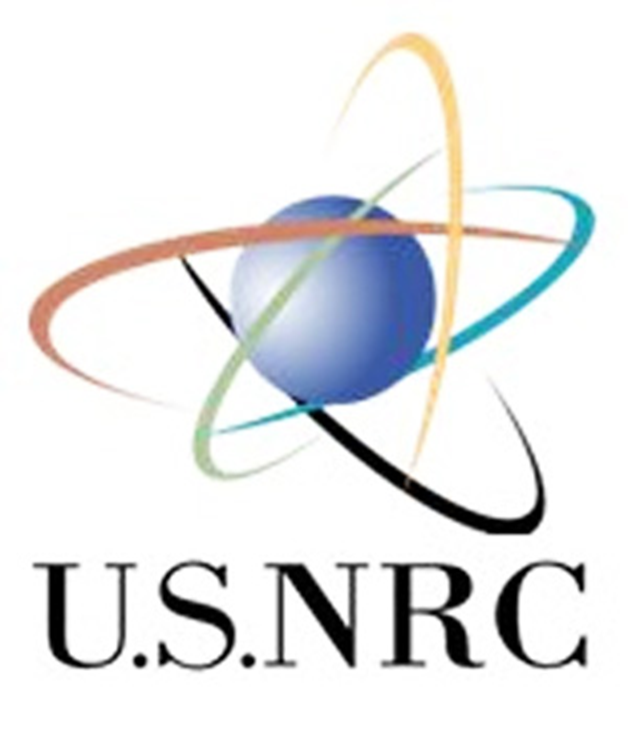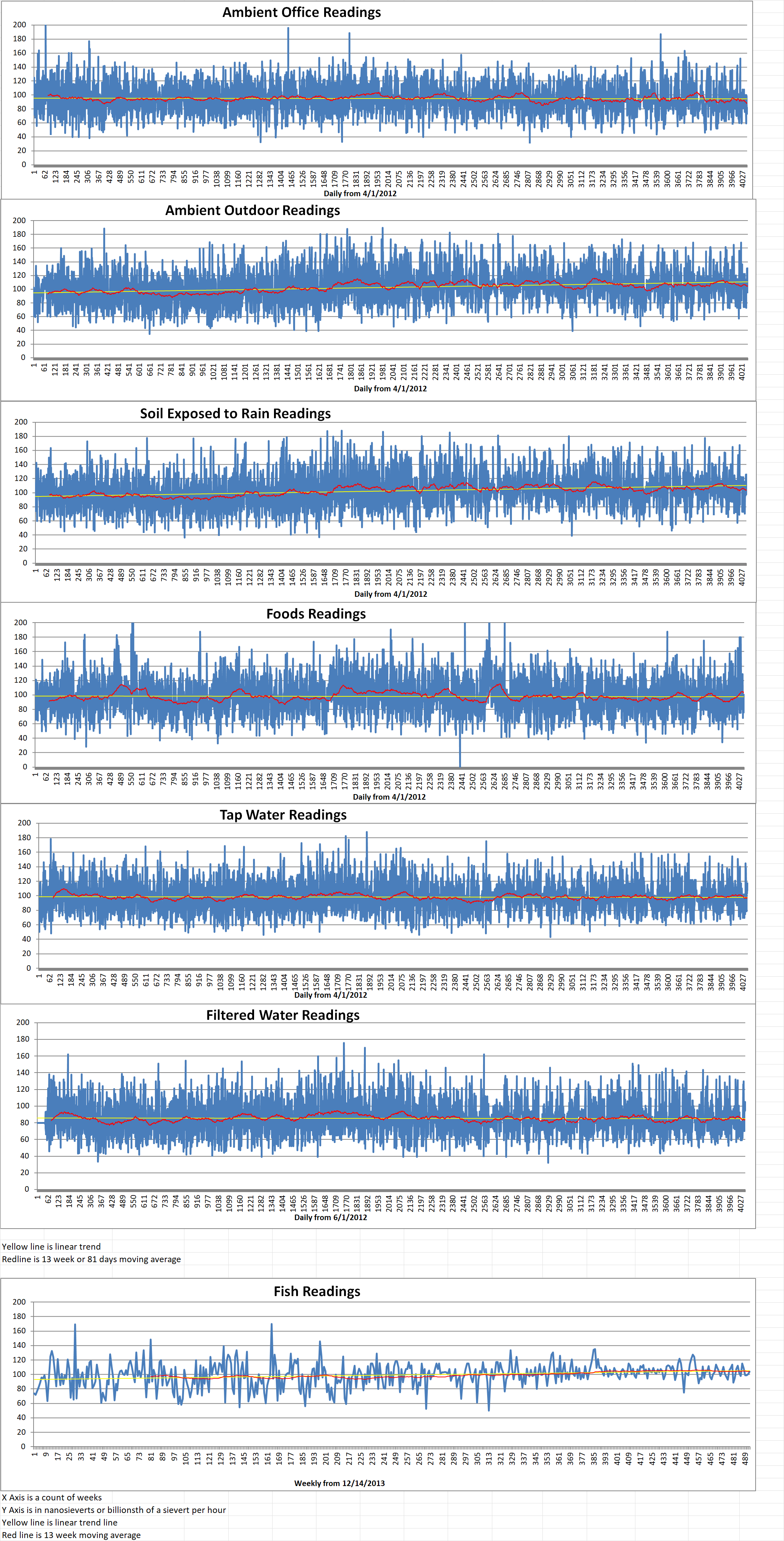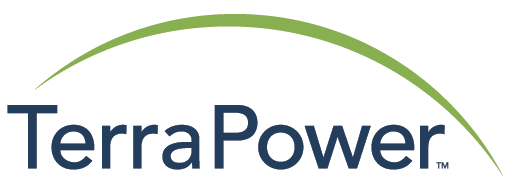Five companies from Belgium, Italy, Romania and the U.S. have signed a memorandum of understanding (MoU) to collaborate on the development and commercialization of lead-cooled small modular reactors (SMRs). The MoU is between Belgium’s SCK-CEN nuclear research center, ENEA (the Italian National Agency For New Technologies, Energy And Sustainable Economic Development), Italy’s Ansaldo Nucleare, Romania’s Regia Autonoma Tehnologii pentru Energia Nucleara (RATEN) and Westinghouse Electric Company of the U.S.
The MoU was signed in Brussels in the presence of the Alexander De Croo, Belgium’s Prime Minister, Klaus Iohannis, Romania’s President and representatives from the Italian and US embassies in Belgium.
SCK-CEN said, “With their combined efforts and shared drive to implement a cost-competitive energy-generating solution, the partners will nurture this promising technology, facilitating the commercial-scale deployment of sustainable nuclear energy,” SCK-CEN said, “The newly formed collaboration has outlined a clear vision, based on a step-wise approach to demonstration. Beginning with a small-size reactor to demonstrate the technological and engineering aspects of the commercial SMR-LFR in Mol, Belgium. The Lead-cooled Fast Reactor design developed by Westinghouse will be the starting point for this project ultimately targeting its global commercialization.”
The consortium will work towards the next development phase, which is the construction of the Advanced Lead-cooled Fast Reactor European Demonstrator (ALFRED) in Pitești, Romania. It will focus on the technical and economic feasibility of future commercial SMRs. The partners will leverage and expand on the work done over the past ten years by Ansaldo Nucleare, ENEA and RATEN under the Fostering ALFRED Construction (FALCON) consortium toward this objective.
A three-hundred-megawatt demonstration ALFRED reactor is being constructed at RATEN-ICN’s facility in Mioveni, near Pitesti. At that location, a fuel manufacturing plant is in operation for the country’s two operating Candu reactors. ALFRED is considered to be a prelude to an industrial demonstration reactor of about three hundred to four hundred megawatts. The lead-cooled reactor will employ mixed-oxide fuel. It will operate at temperatures around five hundred and fifty and will include passive safety systems. The total cost of the project is put at some one billion one hundred million dollars.
The design of the ALRED reactor and the integrated project were led by Ansaldo Nucleare under the seventh Euratom framework program. ENEA performed the core design, technological development and safety analyses involving numerical and experimental approaches.
SCK-CEN said, “Thanks to the Myrrha (Multipurpose Hybrid Research Reactor for High-tech Applications accelerator-driven research reactor) project, SCK-CEN is a global leader in lead-bismuth research, and it will merge its acquired knowledge with RATEN’s extensive expertise in lead and ENEA’s widespread experience in lead technology development. Westinghouse Electric Company and Ansaldo Nucleare will bring extensive experience in design, licensing, construction and commercialization of nuclear power plants globally.”
Prime Minister De Croo said, “A year and a half ago, we took the strategic decision to accelerate our energy transition. Reducing our dependence on fossil fuels, limiting our gas emissions and our dependence on countries like Russia, by investing massively in offshore energy, hydrogen infrastructure, but also the nuclear power of the future. We have decided to do this by drawing on the expertise developed in Belgium, and by allocating EUR100 million to the research and development of SMRs. From the beginning, we are convinced that this would be set up in cooperation with international partners. The agreement SCK-CEN has just signed today with Ansaldo Nucleare, ENEA, RATEN and Westinghouse is the first visible milestone in this strategy, a solid foundation on which we will continue to build.”

